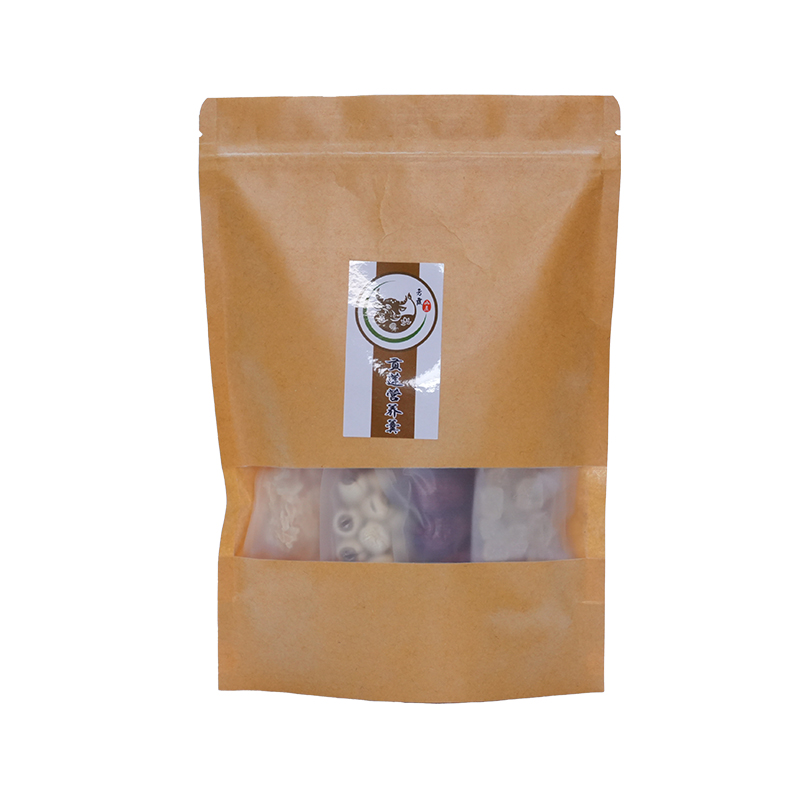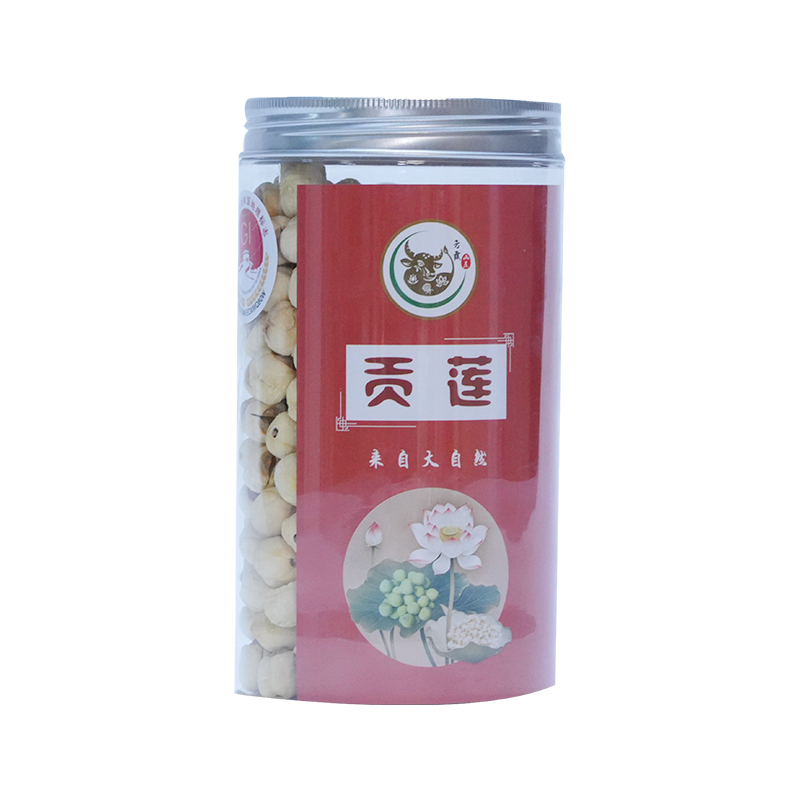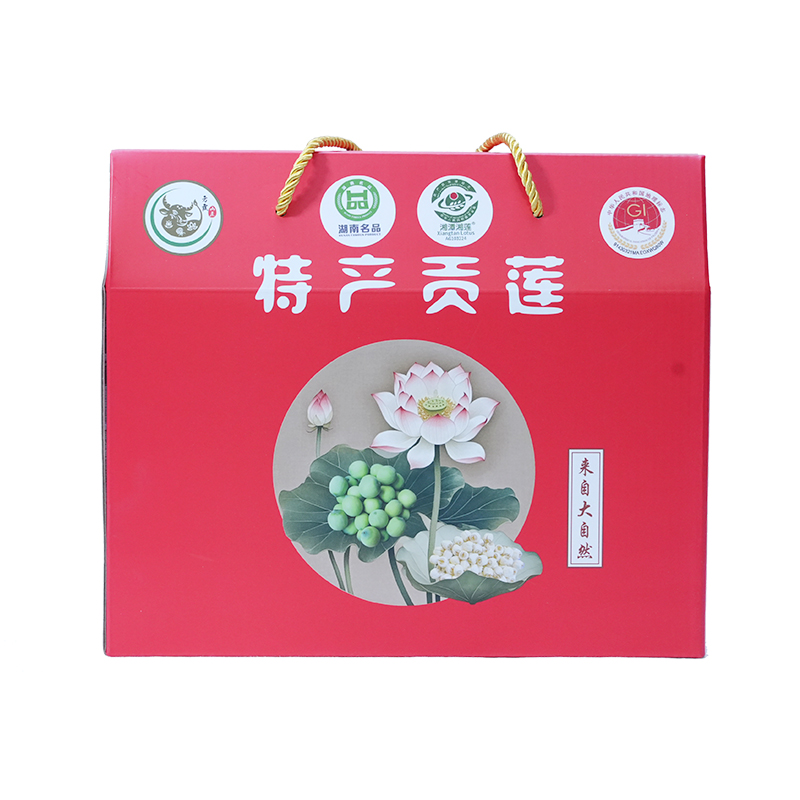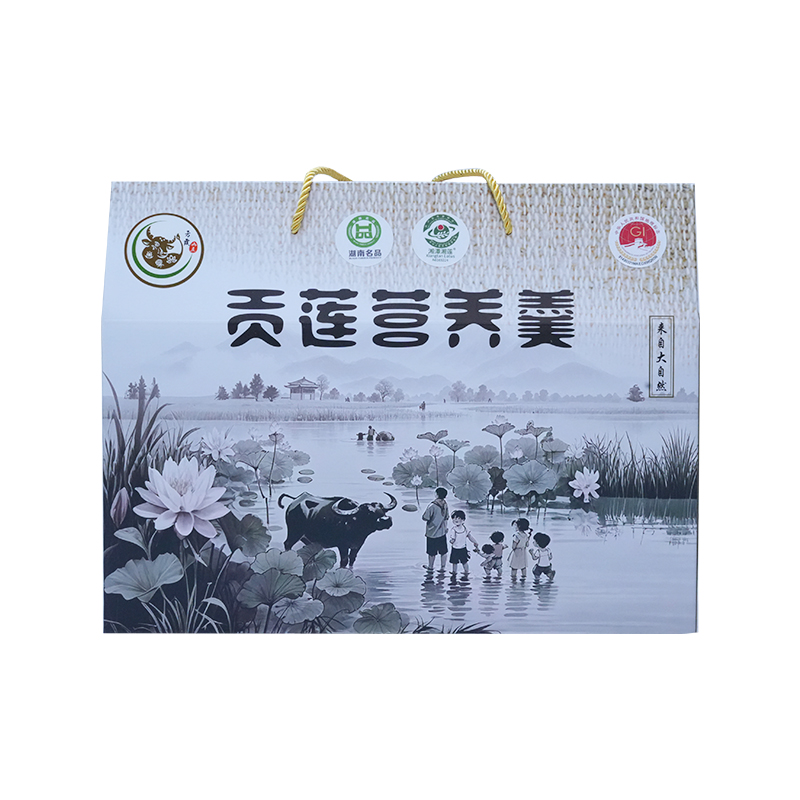How does the picking time of tribute lotus seeds affect the fullness of their grains and the retention of flavor substances?
Release Time : 2025-07-15
The timing of picking tribute lotus seeds is like a precise dialogue with the rhythm of nature. Picking too early or too late will leave obvious marks on the fullness of the grains and the retention of flavor substances, and picking at the right time can make the quality of lotus seeds reach its peak.
When the lotus pod is just full and the shell of the lotus seeds is still green, if you rush to pick them at this time, the lotus seeds are often not fully filled. At this time, the lotus seed kernel is still accumulating nutrients, the gap between the seed coat and the flesh is obvious, the hand feels soft, and you can feel the emptiness inside by gently pinching. Although this immature lotus seed has sufficient water, it lacks sufficient starch and protein precipitation. When bitten, it tastes crispy but lacks dense texture. The grain shape also appears thin, and it is difficult to achieve the full shape that tribute lotus seeds should have. In terms of flavor substances, the accumulation of amino acids and sugars in the lotus seeds at this time is not complete, and the entrance has a light green taste, lacking the unique sweetness and mellowness of mature lotus seeds. The volatile substances that give lotus seeds a unique aroma have not yet reached their peak, making it difficult to retain the most authentic flavor.
As time goes by, the lotus pod gradually turns from green to yellow, and the shell becomes harder, and the lotus seeds complete the final nutrient storage in it. At this time, the lotus seeds are full, the shell fits tightly with the flesh, and the flesh can be felt when peeled lightly. The cross section is uniformly milky white or light yellow, and there is almost no gap. This is because on the eve of maturity, the cells in the lotus kernel are fully expanded, the starch granules are arranged in order, and the protein molecules are tightly combined, making the granules visually round and full, and feel heavy. The lotus seeds picked at this time can maintain their complete shape whether they are stewed or made into soup, and are not easy to break, fully showing the characteristics of the full grains of tribute lotus seeds.
If the picking time is too late, the lotus pod is completely dry, and the shell of the lotus seeds becomes hard as stone. At this time, the grains seem full, but in fact, the inside has begun to change. Over-mature lotus seeds will shrink due to water loss, and gaps will form between the kernel and the shell. Although the shell is still intact, the kernel has lost its fullness and becomes firm but lacks elasticity. More importantly, picking lotus seeds too late will increase the activity of lipoxygenase in lotus seeds, leading to the decomposition of some unsaturated fatty acids. The original sweetness may be mixed with a slight rancid taste, and those volatile flavor substances will gradually dissipate over time. What remains is mostly a heavy starch taste, which loses the rich aroma.
The subtle differences between picking in the early morning and picking in the afternoon will also affect the retention of flavor substances. In the early morning, the dew has not dried, the water content in the lotus seed cells is high, and the enzyme activity is relatively low. Picking at this time can retain the amino acids and sugars in the lotus seeds to the greatest extent and reduce the damage to flavor substances by oxidation reactions. In the afternoon, the temperature rises and the enzyme activity increases. If the lotus seeds are not handled in time after picking, the flavor substances will be quickly decomposed by the enzyme, especially those temperature-sensitive aldehydes and esters, which are easily volatilized due to high temperature, causing the aroma to fade. Therefore, choosing to pick during low temperature can buy more time for the retention of flavor substances and reduce losses in subsequent processing.
The weather conditions during picking are also indirectly related to the fullness of the grains. When picked after continuous rainy weather, the lotus seeds may crack due to excessive water absorption. Although the seeds look full, they are prone to mildew during storage due to water imbalance, affecting the internal quality. When picked in sunny weather, the lotus seeds have moderate moisture content and a tough shell, which can not only maintain the complete shape of the seeds, but also allow the flavor substances to be retained more stably in a dry environment, reducing the risk of mildew and damage to the quality.
The consistency of the maturity of the lotus pods also affects the overall picking effect. There are slight differences in the maturity time of lotus pods in the same water area. If they are picked at one time for the sake of efficiency, there will inevitably be immature and over-mature lotus seeds. Immature seeds reduce the overall fullness, and over-mature seeds lag behind in flavor. Only by picking in batches and harvesting lotus pods of different maturity in sequence can each batch of lotus seeds be in the best state and ensure the uniformity of the fullness of the seeds and the retention of flavor substances.
The processing speed after picking is also related to the retention of flavor. After the lotus seeds are separated from the lotus pod, cellular respiration continues, which consumes the sugar and amino acids inside. If the skin and core are not removed in time, the flavor substances will gradually be lost during respiration. Especially in high temperature environments, this consumption rate will accelerate. Therefore, the shorter the interval from picking to processing, the more the flavor substances accumulated by the lotus seeds at the best time can be locked, so that the full grains can carry the richest aroma and taste at the same time.
The reason why tribute lotus seeds can become a good product is precisely because of the strict control of the picking time - neither living up to the maturity rhythm given by nature, nor indulging time to consume the quality, so that each lotus seed leaves the lotus pod at the most appropriate time, with a full figure and rich flavor, and goes to the subsequent processing and consumption links. This precise grasp of timing is an indispensable part of the quality inheritance of tribute lotus seeds, and it is also the key to its difference from ordinary lotus seeds.







